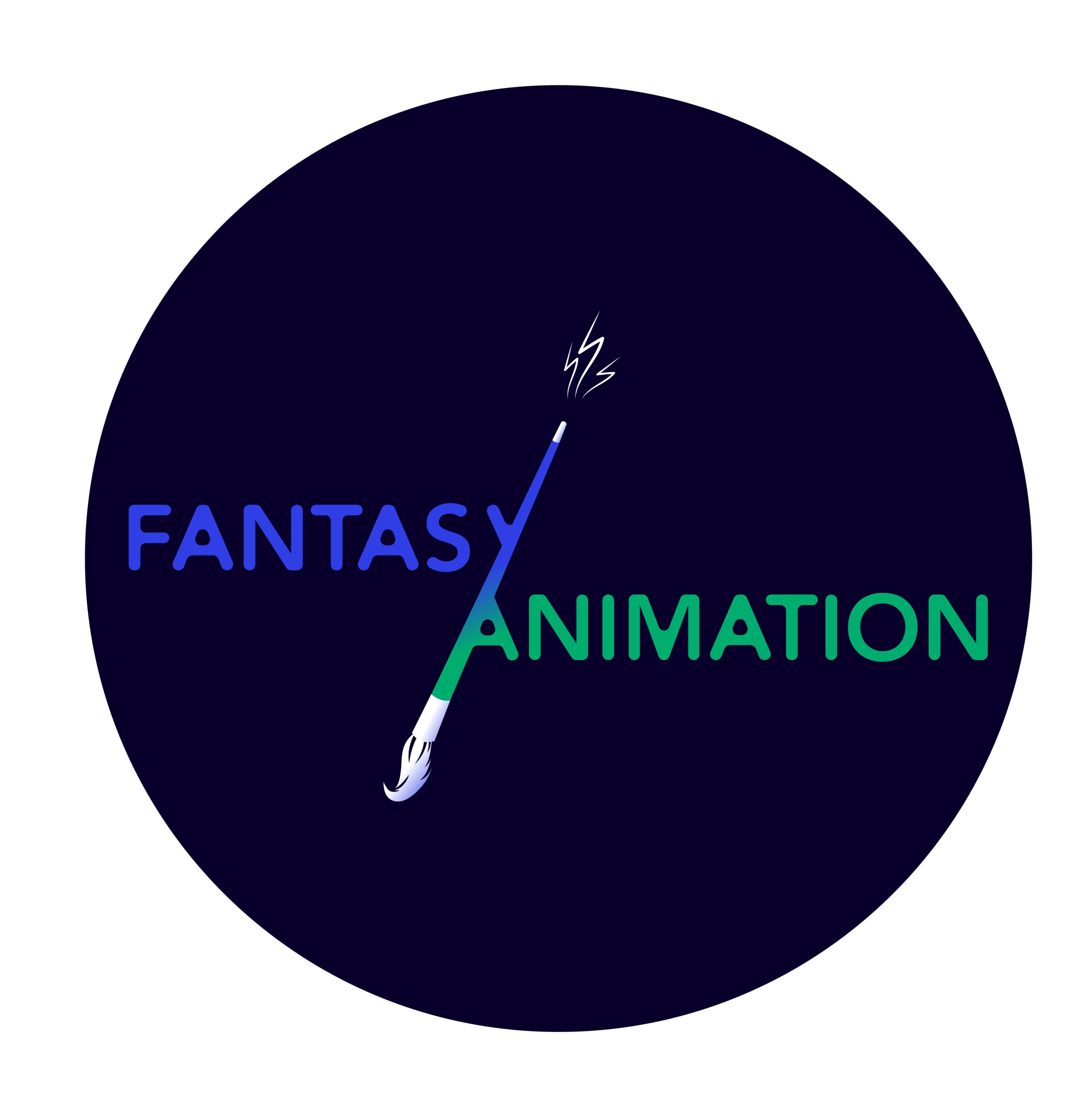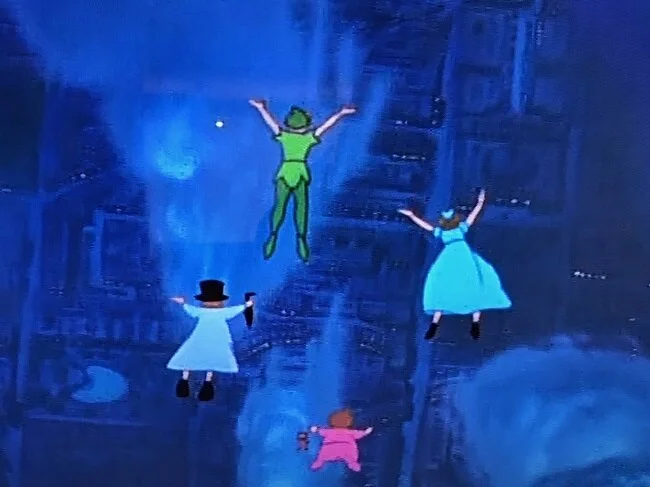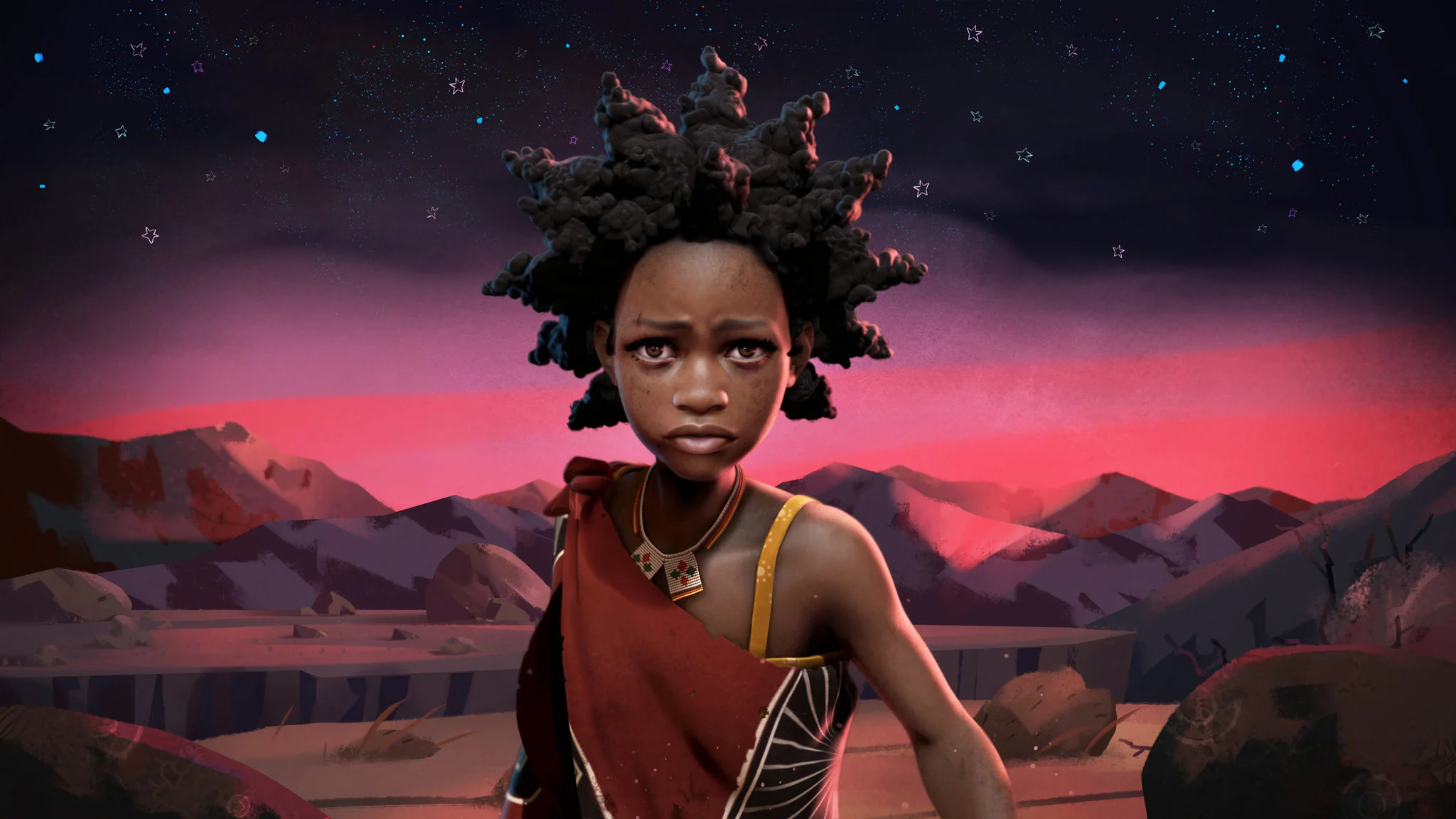Frozen’s (Chris Buck & Jennifer Lee, 2013) protagonist, Elsa, is easily the most obviously queer-coded heroine in Disney’s princess films. Both academic analyses and media outlets, as well as a robust part of her fandom, have argued as much (see, for instance, Charania and Albertson 2018; Mason 2019; Rose 2020).
Read MoreGive Us a Smile (1983) is an animated short film (with some live action elements) made by Leeds Animation Workshop, a West Yorkshire based cooperative of women filmmakers and animators founded in 1978 which continues to operate today, producing and distributing animated films on a number of different social education issues.
Read MoreIn many ways, 2020 is a year marked by many different intertwined sources of grief: all the different kinds of loss associated with a global pandemic and its effect on daily lives; the political and economic situations that have forced a reckoning with an acknowledgement of a loss of idealism – that maybe we aren’t, and never have been, the enlightened society we (the Western European and North America, the Anglophone West in particular) have considered ourselves to be.
Read MoreThe films of postwar Hollywood often featured wanderers, characters who were “trying to leave behind the tensions of a modern world for the clarity of another place; a place outside history” (Polan 1986, 264). While this character type and narrative structure primarily materialised as a foray from urban spaces out to the country or a transatlantic trip to a different continent, occasionally the stresses of the world merited a journey completely outside reality, depositing characters into fantasy realms.
Read MoreWhen Tim Burton’s Nightmare Before Christmas (Henry Selick, 1993) first hit cinemas in 1993, its status as a Disney film was not immediately clear. The film was released via Disney’s Touchstone label and the Company was initially concerned about the “dark tone and potential negative reception of the film’ (Burger 2017, 110).
Read MoreThe idea of the film star is bound up in the idea of ‘pure entertainment’ in two ways: a sense of an ideal world in which dilemmas and conflicts are harmoniously resolved, and in terms of the ways in which film stars offer audiences an idealised and intensified set of behaviours. With that in mind, one of the ways the 1995 fantasy film Jumanji (Joe Johnston, 1995) holds our interest is how it is the ‘authored’ work of a film star: in this case, Robin Williams.
Read MoreAllowing for the unanticipated to occur and offering “a particular field for rethinking the relation of the virtual as not opposed to the real, but as wholly real in itself” (Thain 2016, 5), the medium of animation is able to go beyond reality, and (in so doing) allows new artistic expressions at the intersection of body and movement, the renegotiation of the human being and its relationship to machines, and experimentation with the cultural meaning of science and technology.
Read MorePixar’s Toy Story (1995-2019) series explores a landscape full of plastic. Most of the main characters are plastic. Sheriff Woody isn’t made out of wood at all; his head, hands, and boots are all plastic. Mr. and Mrs. Potato Head, and their many anatomical add-ons, are plastic. T-Rex is plastic. The little soldiers are plastic, as are their parachutes. Mr. Spell’s outer shell is plastic. And Buzz Lightyear, when he first arrives in Toy Story (John Lasseter, 1995), is the shiniest, newest, most gorgeous piece of plastic anyone has ever seen.
Read MoreKipo and the Age of Wonderbeasts (Radford Sechrist, 2020-) is a colourful, post-apocalyptic animated adventure series based on the webcomic Kipo, which debuted on Netflix in early 2020 to much critical acclaim (Fig. 1). The story follows the titular Kipo, a 13-year-old “burrow girl” who finds herself thrust from the safety of her underground home to a surface world filled with talking, anthropomorphized animals, or “mutes,” as well as titanic, kaiju-sized “mega mutes.”
Read MoreAt Annecy 2020, Women in Animation held a digital summit on the theme ‘Reimagining the Future: Race, Solidarity and the Culture of Work’. At the panel ‘Black Women in Animation: Looking to the Future’, moderator Jamal Joseph from Columbia University asked, ‘What needs to happen now? How do we get more women in animation and how do we get more women of colour in animation and film?’
Read MoreWhat’s in a flerken? Having watched Goose regurgitate the tesseract at the post-credit close of Captain Marvel (Anna Boden & Ryan Fleck, 2019), I immediately wanted to know: what’s in a flerken? Finding my answer meant looking to the comics, in particular the reboots of Captain Marvel in print by both Kelly Sue DeConnick and Margaret Stohl. I have to admit to not learning much more about flerkens, alien creatures which appear to resemble ginger cats, but DeConnick and Stohl’s revisionings did give me a lot more insight into Carol Danvers/Captain Marvel as a contemporary woman who struggles with her history.
Read MoreThe most recent Pixar film, Onward (Dan Scanlon, 2020), tells the story of two brothers, Ian and Barley, who set out on a magical quest in a bid to spend one final day with their late father. On Ian’s sixteenth birthday he is presented with a gift left to him by his father, whom he has never met, with the instructions that he and his older brother could only open it when they were both at least sixteen. Onward is therefore a story strongly embedded in loss. Ian is a teenager, unsure of himself and anxious about transitioning into adulthood.
Read MoreIn a world of globalised animation, anime’s influence is ever expanding, ranging from adult Netflix animations like Castlevania (Warren Ellis, 2017-) to a wide variety of western children’s TV shows from Teen Titans (Glen Murakami and Sam Register, 2003-2006) to She-Ra and the Princesses of Power (Noelle Stevenson, 2018-2020).
Read MoreMakoto Shinkai’s animated film Kimi No Na Wa, translated as Your Name, was a critical and commercial hit when it was released in 2016. The film depicts the strange and wondrous journey of two high school teenagers, city boy Taki in Tokyo and countryside girl Mitsuha in rural lakeside Itomori, who are inexplicably swapping bodies with each other.
Read MoreReformation-era German engraver, painter and printmaker Hans Holbein and quirky contemporary Polish animator Kajetan Obarski are two artists separated by several centuries that, in their similarities, attest to historical parallels and ramifications of the fantastic. As this post identifies, both artists illustrate the grotesque through a Carnivalesque trope in their work of the Danse Macabre. Both also prophetically remind their viewers of the stark facts of mortality, of people who are “like grass, and all their glory is like the flowers of the field; the grass withers and the flowers fall” (Peter 1:24-25).
Read MoreTo make the iconic French Provençal dish ratatouille, one must first prepare the ingredients, peel and cut the onions, chop the garlic, thinly slice the courgettes and the aubergines, de-seed the peppers and chop the tomatoes. To make animated ratatouille, one must simply pick up a pen.
Read MoreThe resources below were originally compiled in response to an email my colleague Kodi Maier sent to the Society for Animation Studies listserv in order to begin a conversation and resource exchange aimed at defining best practices for creating an anti-racist classroom in our subfield. I would like to once again thank Kodi for taking the initiative to remind us of our collective responsibility as scholars, educators, and human beings.
Read MoreThe Covid19 pandemic is not just about a virus; it is a social, economic and cultural phenomenon. The impact that it is making across the globe is severe, and the role of (perhaps even the need for) fantasy during this changing and hyperdigitalized world is more necessary than ever given the important questions being raised about the nature of our cultural consumption.
Read MoreTo celebrate the Fantasy/Animation website’s 100th (yes, 100th!) blog post we give you our Top 100 Fantasy/Animation films. A huge thank you to those academics, practitioners, VFX artists, animators, curators, filmmakers and fans out there who have contributed to Fantasy/Animation since we began. Here’s to the next hundred!
Read MoreThe fantasy genre has deep connections with medieval and pre-medieval iconography. J.R. Tolkien, an Oxford professor of Anglo-Saxon literature and English literature and language, is often credited as being the father of modern fantasy (also called “high fantasy”). His novels, The Hobbit (1954) and The Lord of the Rings (1954- 1955), set the stage for later mid-century fantasy works such as Peter S. Beagle’s The Last Unicorn (1968). Both Tolkien and Beagle included elements found in pre-medieval and medieval iconography, from the dragon Smaug in The Hobbit to the creatures in Mommy Fortuna’s Midnight Carnival from The Last Unicorn, which included a satyr, a manticore, a Midgard serpent and a harpy.
Read More



















